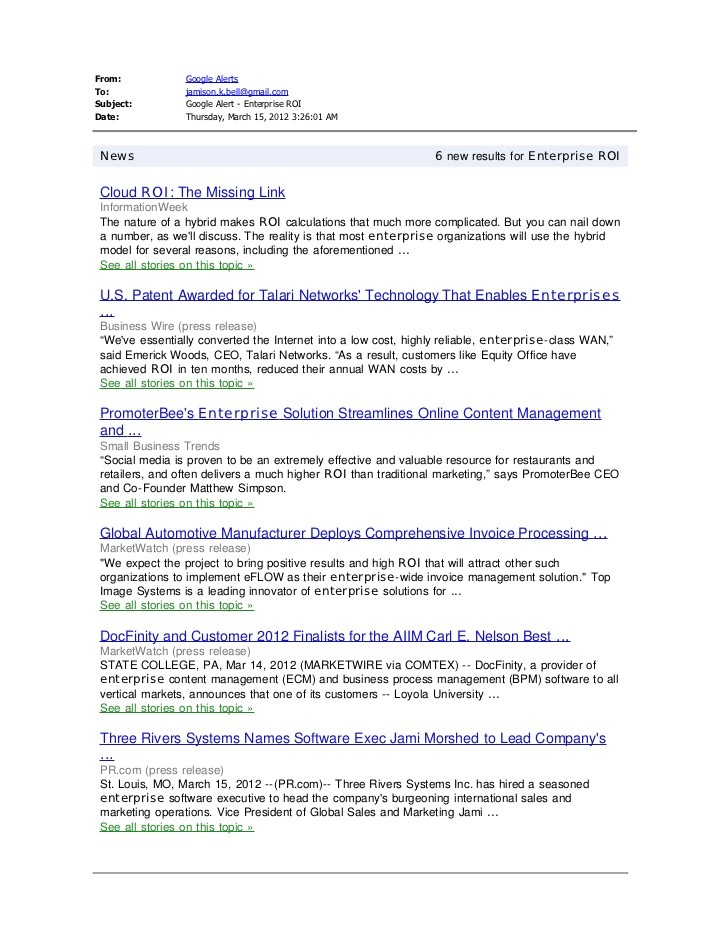Definitive Guide To 2014 ETF Taxation ~ Blog Site of the #1 Online Tax CPA with over 190 5Star
Post on: 6 Апрель, 2015 No Comment

Definitive Guide To 2014 ETF Taxation
Posted on 10:35 AM by L.A. Smith
Dennis Hudachek for ETF.com writes: 2014 Update: 2013 saw a host of changes to tax rates for individuals in the highest tax brackets. This year, our guide has been fully updated with information related to the taxation of MLPs, buy-writes, wash-sale rules on collectibles, new ETF structures, regulated investment company rules and the taxation of distributions detailed by asset class and structure.
Note: This ETF Taxation Guide will be available in PDF format in the coming weeks, along with a PDF cheat sheet, which will be housed in our White Papers link under the Sections tab on our ETF.com site.
Table of Contents
Investors spend hours researching funds for expense ratios and spreads, trying to save a few basis points here and there. But often, not enough time is spent researching a fund’s structure and the associated tax implications.
Based on how the ETF’s distributions are taxed and the taxation of gains when shares are eventually sold, the different tax implications can translate into hundreds or even thousands of basis points.
Investor confusion over tax treatments comes from many sources. Partly, it’s because ETF taxation is complicated. Partly, it’s because taxes are boring. And partly, it’s because ETF issuers provide unclear tax guidance in many prospectuses.
Whatever the reason, we at ETF.com think investors deserve better, so we prepared this document to provide complete guidance on how different ETFs are treated by the tax man.
What Drives ETF Taxation
An ETF’s taxation is ultimately driven by its underlying holdings. Since funds are structured differently according to how they gain exposure to the underlying asset, an exchange-traded product’s tax treatment inherently depends on both the asset class it covers and its particular structure.
A fund’s asset class can be classified in one of five categories: equities; fixed income; commodities; currencies; and alternatives.
For tax purposes, exchange-traded products come in one of five structures: open-end funds; unit investment trusts (UITs); grantor trusts; limited partnerships (LPs); and exchange-traded notes (ETNs).
Many commodity and currency funds that hold futures contracts are regulated by the Commodity Futures Trading Commission (CFTC) as commodities pools, but they’re classified as limited partnerships for tax purposes by the IRS. Therefore, limited partnership will be used to refer to the structure of these funds throughout this paper.
This five-by-five matrixfive asset classes and five fund structuresdefines all the potential tax treatments available in the ETF space. In this paper, we’ll use asset class as the primary sort, as that is the easiest way to classify and think about funds.
Note: The tax rates we’re about to discuss are the maximum long-term and short-term capital gains rates. The rates listed in the tables for each respective asset classes do not include the Medicare surcharge tax of 3.8 percent applicable to certain investors. Long-term capital gains apply to positions held for longer than one year; short-term capital gains apply to positions held for one year or less.
Equity And Fixed-Income Funds
Equity and fixed-income ETFs currently operate in three different structures: open-end funds, unit investment trust or ETNs.














